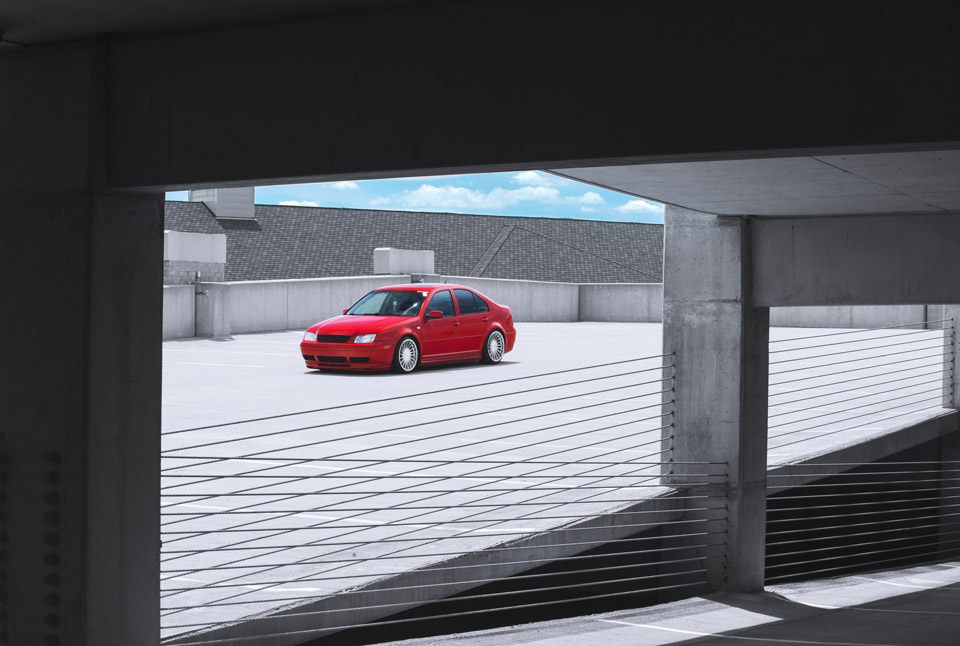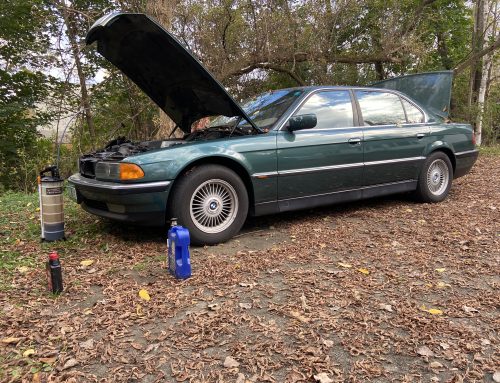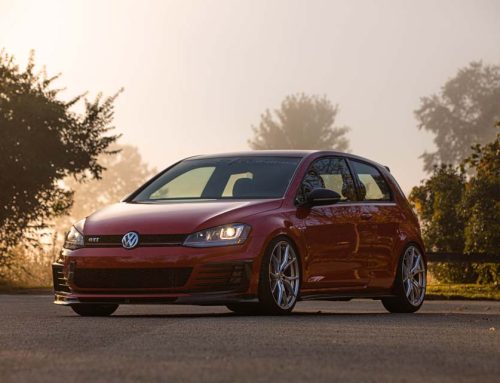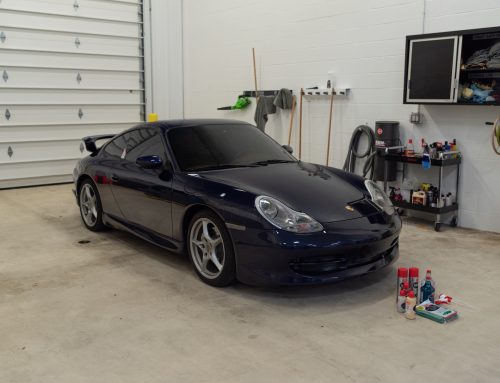Rubber and polyurethane are fairly similar in their uses but vastly different in their properties. While you may have seen polyurethane ‘upgrades’ for an original rubber component, knowing why that part may need, or not need, to be more static can be the difference in an enjoyable upgrade and a nuisance. Rubber is quiet, comfortable, and has a lifespan deemed appropriate by the original equipment manufacturer. Polyurethane can be more durable, can have extended lifespan properties, and is available in an incredibly wide range of durometers. The tensile strength, absorptive capabilities, tear and cut resistance, and overall simplicity of polyurethane makes it an excellent choice for replacement components. Let’s examine some typical places you will find rubber mounts and bushings to better understand why replacing them with stiff polyurethane can be beneficial or detrimental.
Rubber Drivetrain Mounts
From the factory, your car will have rubber mounts supporting the engine, transmission, and differential. These mounts allow the engine to undulate, twist, and move as your car takes corners or power is transmitted to the wheels. The rubber mounts are quiet and comfortable while they maintain the drivetrain in its proper position. Due to the ‘give’ in soft rubber mounts, a driver may feel a disconnect between their throttle and brake inputs and the behavior of the car, especially in aggressive driving situations.
The presence of drivetrain deflection is generally where people decide to upgrade with polyurethane mounts to eliminate that deflection and slop in the drivetrain. If you are someone who is not bothered by the increased NVH from stiffer mounts, then that upgrade may be a great choice. In our research, we have found there to be absolutely no true performance benefit to polyurethane in terms of measurable power increases to the wheels. If you daily drive your car, we highly suggest replacing your worn OEM mounts with factory rubber replacements or solid rubber upgrades to maintain a measure of comfort in the cabin.

Check our selection of factory replacement rubber mounts for your car below!
Audi
BMW
VW
Polyurethane Drivetrain Mounts
The clear difference between poly and rubber becomes immediately noticeable upon first cranking the engine over post-upgrade. The rattly and shaky vibrations in the cabin are hard to ignore on stiff polyurethane, especially if all drivetrain mounts have been replaced. With the added NVH you will find some driving experience benefits: your connection with the drivetrain and the immediacy of throttle inputs and power delivery most definitely improves the driving feel.
The poly mounts will keep your drivetrain almost static, which, in theory, prevents deflective loss of power from going anywhere but the wheels. Under less than scientific conditions, however, we found there to be almost no difference in 0-60mph power delivery. The difference is found in the connected feel these mounts provide as well as the added predictability through corners and with small throttle inputs. These will tighten up the overall feel of your vehicle and are highly beneficial in competitive situations. If you are just daily driving your car, we would actually encourage you to stick with OEM rubber. If your car sees the track more than once a year, polyurethane mounts will be perfect.

Check our selection of polyurethane drivetrain mounts for your car below!
Audi
BMW
VW
Rubber Suspension Bushings
For the same reason, rubber drivetrain mounts are chosen from the factory, suspension bushings fitted on most road-cars are generally rubber and soft. They allow for the travel and movement of suspension pieces individually while being comfortable and supple over imperfect roads. Where they differ from drivetrain mounts, suspension bushings like your sway bar bushings, front control arm bushings, and rear control arm bushings, directly affect your turn-in response to cornering and your brake response.
With their excessive movement, your steering and braking can feel soft and lack proper communication for anyone interested in driving aggressively at any time. Upgraded sway bars generally come with polyurethane bushings for added stiffness, but for a complete overhaul, addressing components involved in your steering and suspension travel without affecting the ride quality is easy.

Check our selection of factory replacement rubber bushings for your car below!
Audi
BMW
VW
Polyurethane Suspension Bushings
For the primary locations upgraded to polyurethane, the benefits clearly outweigh the downsides. While there may be some added NVH, the way these bushings function will have more to do with mitigating body roll and slop through corners. The performance benefits are clear: your turn-in response is greatly improved as is your braking response. Eliminating the suspension deflection seriously improves your control over the car and makes for an engaging experience.
For anyone looking to improve their handling and driving feel, we highly suggest upgrading to polyurethane bushings. In the case of certain BMWs, Turner Motorsport offers a Monoball solution that provides the best performance benefits with nearly zero added NVH.






